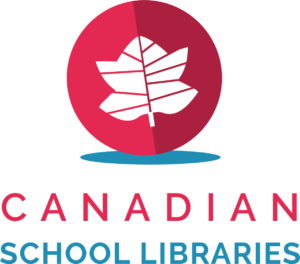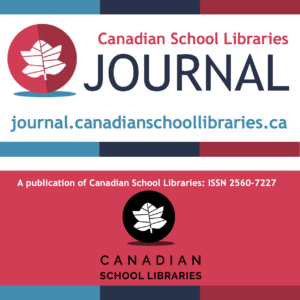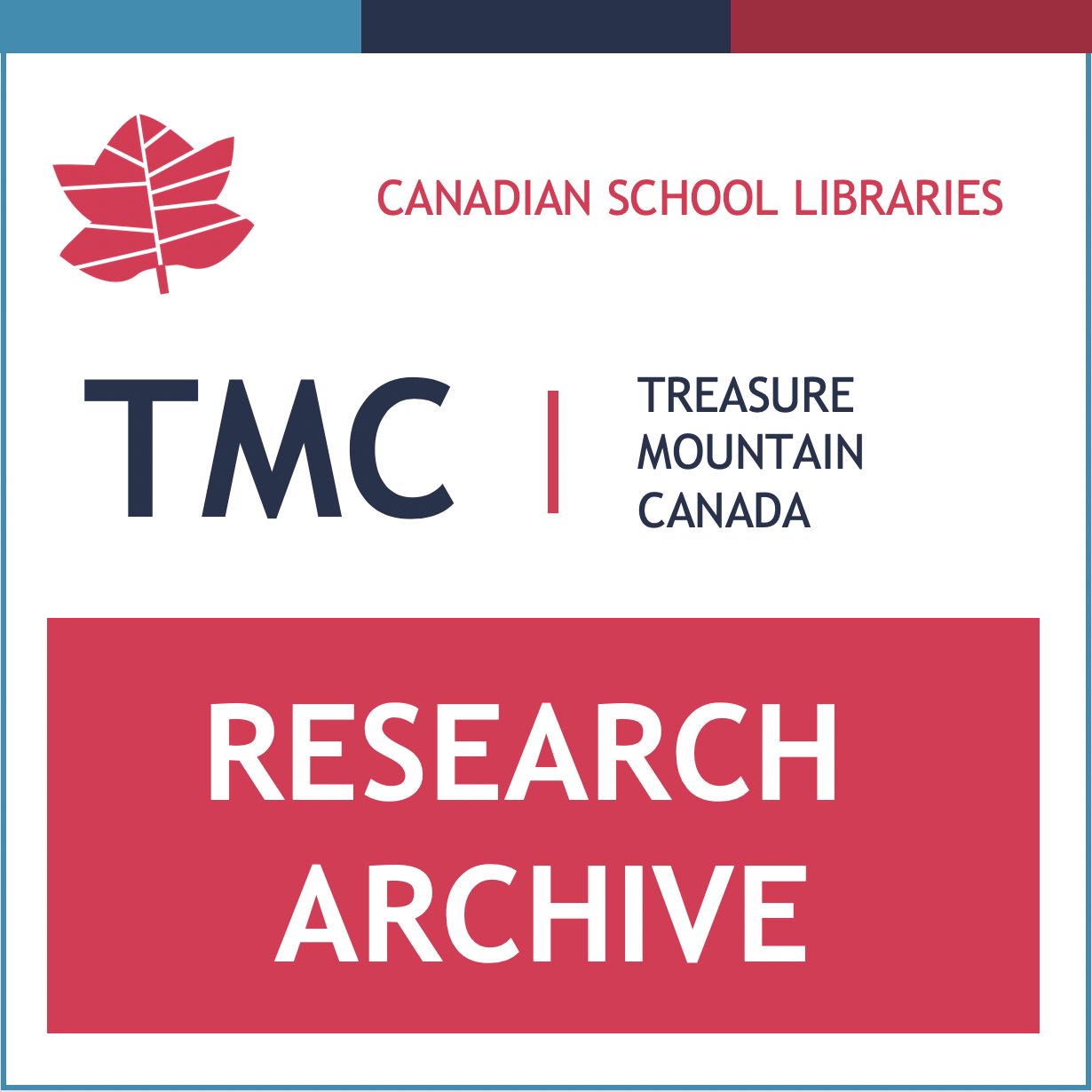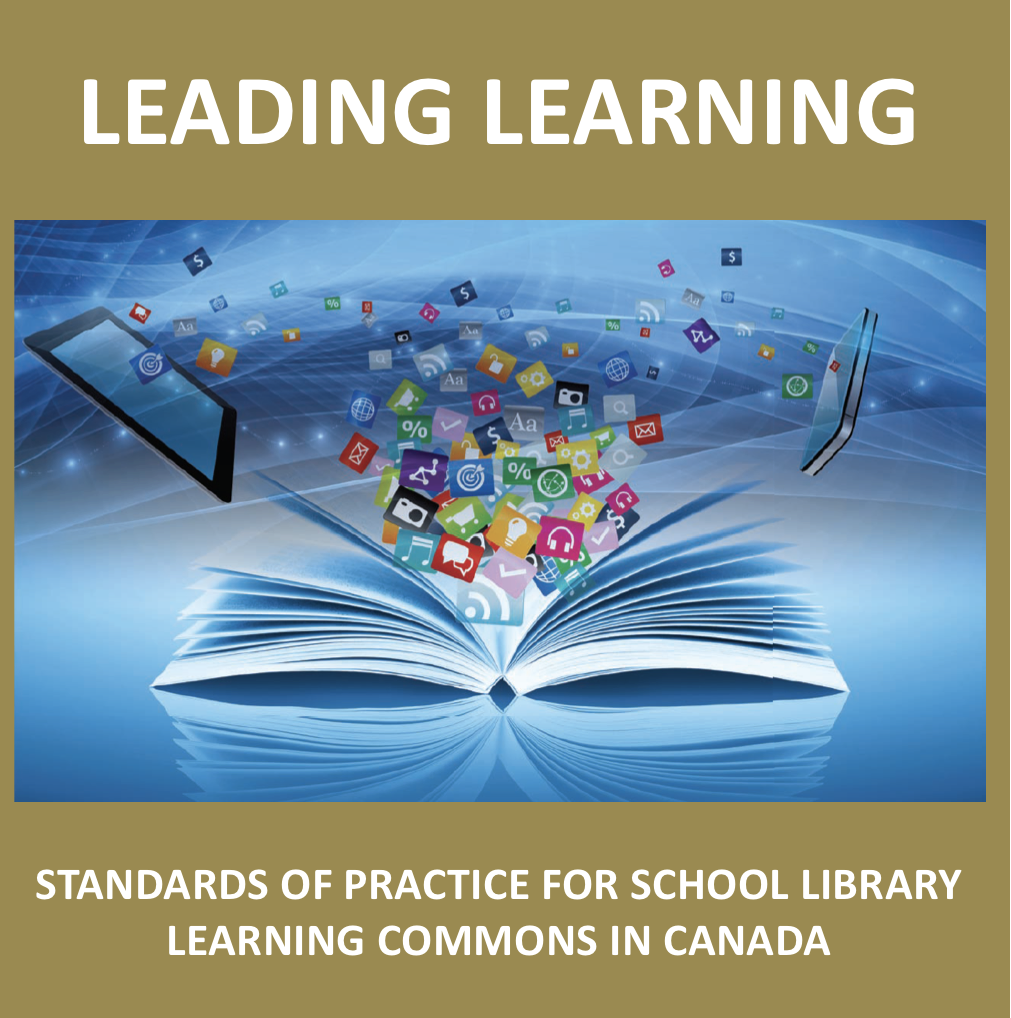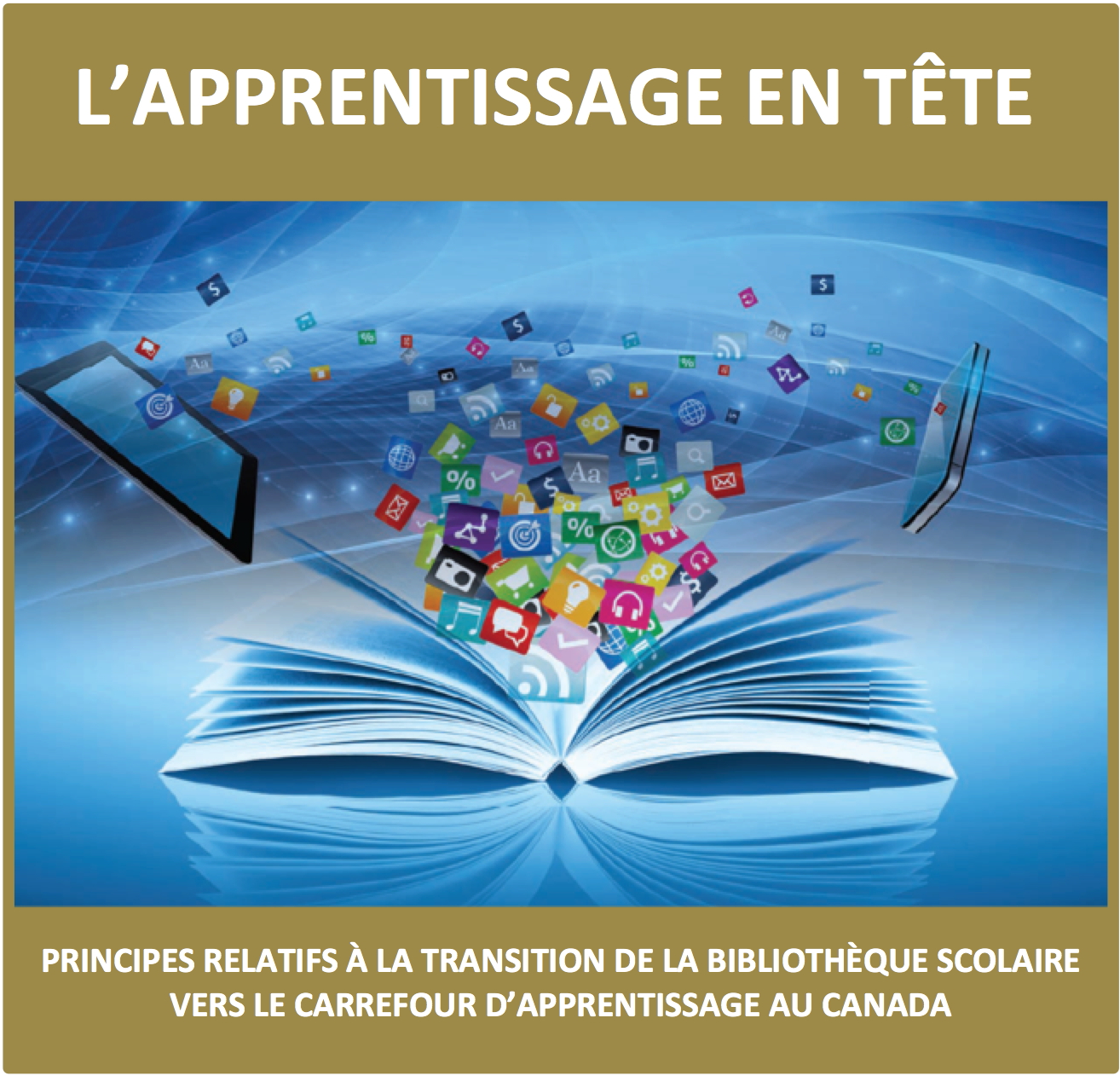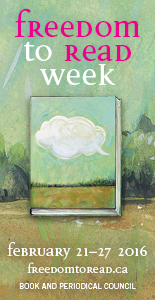 It’s Freedom to Read Week in Canada, and time to reflect on intellectual freedom and the role of the school library program.
It’s Freedom to Read Week in Canada, and time to reflect on intellectual freedom and the role of the school library program.
Freedom to Read in the School Library
School libraries should be the champions of the freedom to read. It is in schools, however, where many challenges to library books occur. The American Library Association (ALA) gathers data on book challenges, and they report almost three times as many challenges in schools and school libraries between 2000 and 2009 than in public libraries, who are the next most likely type of institution to receive a challenge to a book in their collection. (ALA: Number of challenges by reason, initiator, & institution, 2000-2009) There are a few messages to take away from that 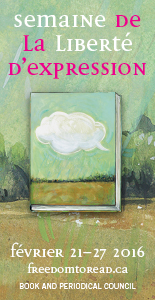 sobering statistic. Firstly, the most engaging books are often the most frequently challenged, and clearly school libraries are including those books in their collections. That’s the good news. However, school libraries are easy targets for book challenges, and fear of the challenge sometimes drives the school or school district’s response to concerns. The ALA identifies administrators as a significant percentage of challenge initiators. Educators – teachers, teacher-librarians and administrators – may engage is some self-censorship when it comes to selecting resources (Whelan, School Library Journal, 2009), or in avoiding book challenges.
sobering statistic. Firstly, the most engaging books are often the most frequently challenged, and clearly school libraries are including those books in their collections. That’s the good news. However, school libraries are easy targets for book challenges, and fear of the challenge sometimes drives the school or school district’s response to concerns. The ALA identifies administrators as a significant percentage of challenge initiators. Educators – teachers, teacher-librarians and administrators – may engage is some self-censorship when it comes to selecting resources (Whelan, School Library Journal, 2009), or in avoiding book challenges.
There is also something about the book that brings out the censors. Patsy Aldana, publisher at Groundwood Books, reflected on this in a 2011 interview, a “Word Warrior” feature on the Book and Periodical Council’s Freedom to Read website.
Yes, and there’s also the hypocrisy in what is applied to books as opposed to other media that children watch. We know children are exposed to all kinds of information and material. If it is in a book, it causes panic, but if it is on television it is completely normal. (Patsy Aldana, 2011)
I am fascinated by the mystique of the book on so many fronts. Weeding an outdated book according to sound criteria is sometimes equated with book burning in some people’s minds, yet deleting an outdated website barely raises an eyebrow. School library practitioners exercise a certain degree of moral courage in upholding children’s right to quality, engaging collections. The good news is that we are better supported than previously, with shifting educational priorities to support equity and diversity. We must be assertive, however, in understanding that procedures for book challenges need to defend selection criteria, and that those who challenge materials be required to demonstrate how that material fails to meet the school board’s / school library’s established criteria, not their own.
Intellectual Freedom, Internet Content Filtering and the School Experience
Many, perhaps most school districts use content filtering software to protect children from the worst of the web. It is extremely important that procedures also exist for asserting the professional judgement of educators about the software’s settings, and over-riding the filter when necessary.
Alvin Schrader, Canadian champion of intellectual freedom, addressed this in another of the Freedom to Read website’s series, Word Warriors.
What the Internet filtering software programs claim to do is protect children from offensive images/websites/information. And it’s all automated. But this is an impossible task, to control human language at that micro level. Filters will always block some constitutionally protected speech. For instance, certain filters for sexually explicit information will block “breast chicken” or “breast cancer” or any word with “sex” embedded within.
One of the most amusing examples was the story of U.S. politician Dick Armey, who was a great supporter of filtering. Then he found out that his own website was being blocked. Many of these Internet filtering companies are started by conservative people, some with religious ties. They embed American ideologies and values, so sex is a huge no-no, violence not so much. You don’t even know what categories they are blocking. For example, most of them have a category to block affirmative LGBTQ information. Some of them have 20 or 40 categories that they block, and it’s very hard to find what categories some are blocking or what words they are using, because they consider those to be corporate secrets.
But they do not relieve educators or parents of supervision, particularly of younger children. (Alvin Schrader, 2016)
I remember when my former school district changed its content filtering software, and we discovered some of its built-in biases. The World Wildlife Fund’s website was blocked because it was perceived as being politically biased. Ouch! So much for nurturing critical thinking, to say nothing of being a killjoy for young children exploring one of their favourite topics, animals! Because the district had a procedure for applying educational criteria to the filter’s settings and to unblock individual sites, that situation was quickly fixed. One does wonder, however, how to teach critical thinking when content filters censor information on such grounds, and in school districts that do not apply the level of human judgement necessary to keep the filter honest!
Freedom to Read = Nurturing Lifelong Reading
I can’t help but address engagement in reading as we focus on freedom to read. My own observation is that it is almost overwhelmingly the case that the best, most interesting and engaging books are the ones that are most frequently challenged. Just take a look at the ALA’s list of top 100 banned/challenged books for 2000-2009 as a case in point. Not defending the inclusion of these books in library collections means limiting readers’ choices and reducing overall appeal.
The best books are the most authentic in theme, characters and language, and it’s that authenticity that makes them appealing and worth reading. School libraries play a very significant role in engaging students in reading, and a big part is the diversity of its collection. The entry point to reading in the library is interest, not level. The importance of reading engagement in developing a lifelong habit of reading cannot be overestimated. It is time for this to be recognized as a core element of literacy instruction in schools.
In 2011 People for Education released a report, Reading for Joy, finding that the number of students in Grades Three and Six standardized testing in Ontario who reported that they enjoyed reading was on the decline. Suggesting strategies for mitigating this decline, the report cited Ontario research finding that students in schools with teacher-librarians were more likely to report that they liked to read.
The experts speak at the release of P4E’s Reading for Joy:
What does this have to do with intellectual freedom? If we want children to read for fun – to not associate reading only with homework – then we need the best quality collections – collections that include those most frequently challenged books. We also need a school culture that values reading engagement as a pillar of literacy development, and understands that a big part of the school library program’s value proposition is in developing avid lifelong readers. And lifelong readers must enjoy the freedom to read!
Championing the Freedom to Read in Schools
Teacher-librarians are champions of the freedom to read, but they are also on the front line when it comes to defending that right on behalf of the students they serve, and the kind of education that they believe they should have. It’s time for all education administrators to seek to understand and support programs and procedures that foster a true culture of inquiry, curiosity, and intellectual engagement in schools.
Find out more about Freedom to Read Week, and how you can participate.







